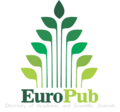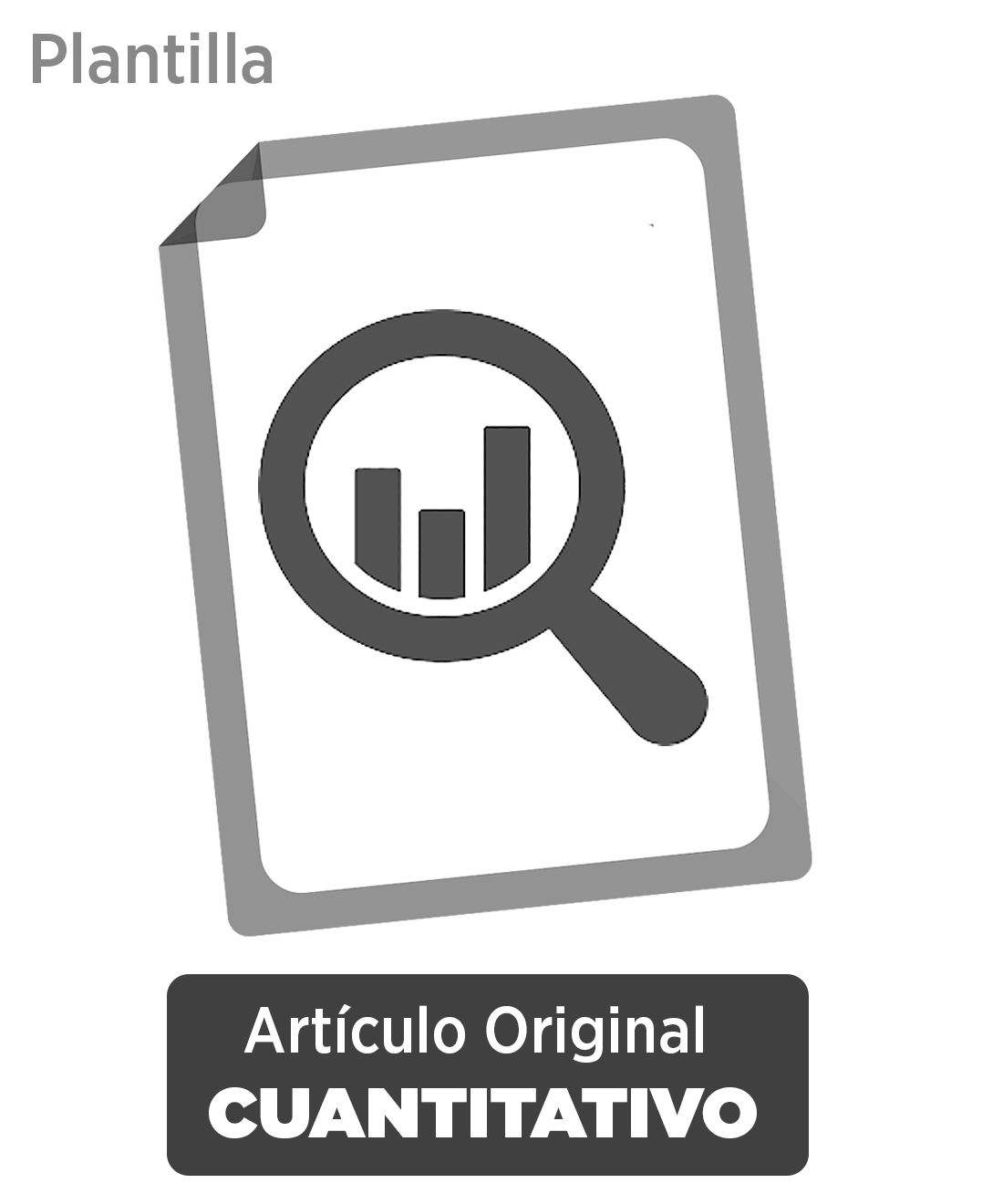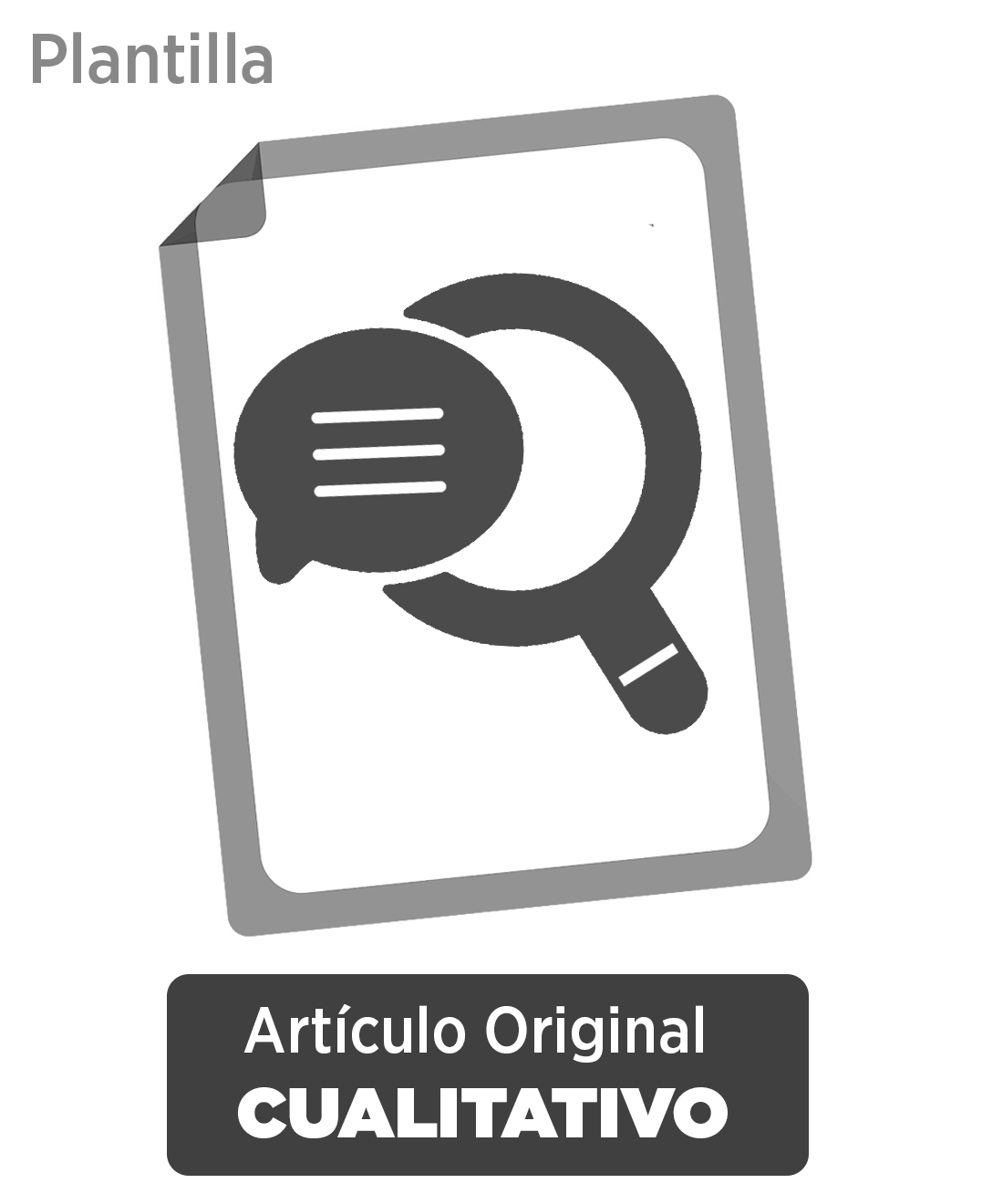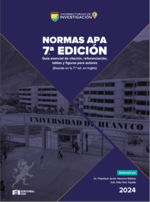Relación entre consumo e ingreso de las familias del distrito de Huánuco, departamento de Huánuco, Perú
DOI:
https://doi.org/10.37711/rcie.2022.2.2.13Palabras clave:
consumo, ingreso, propensión marginal a consumir, departamento de Huánuco, PerúResumen
Objetivo. Determinar la asociación entre el consumo y los ingresos de las familias del distrito de Huánuco, departamento de Huánuco, Perú, durante el año 2019. Métodos. La investigación es de tipo aplicada, de nivel descriptivo-correlacional y tiene un diseño no experimental. Para la recolección de datos se usó un cuestionario de encuesta estructurado que fue aplicado a una muestra de 240 familias. En base a ello, se estimó un modelo de regresión lineal multivariado que se fundamenta teóricamente en la función del consumo keynesiano. Resultados. Se dividen en dos: (i) en base al análisis estadístico descriptivo-correlacional se encontró que para el año 2019 los niveles de ingresos y gasto en consumo fueron relativamente bajos y altos, respectivamente; y que dichas variables presentan una asociación estadística positiva de 0.672; (iii) la estimación del modelo econométrico mostró evidencia de un efecto positivo del ingreso sobre el gasto en consumo, y un valor de la propensión marginal a consumir menor a la unidad (0,71). Conclusiones. La relación entre el gasto en consumo y el ingreso de las familias del distrito de Huánuco es positiva, y el valor de la propensión marginal al consumo estimada indica que alrededor del 67 % de los ingresos se dedican al consumo y el resto al ahorro.
Descargas
Publicado
Número
Sección
Licencia
Derechos de autor 2022 Innovación Empresarial

Esta obra está bajo una licencia internacional Creative Commons Atribución 4.0.
a. Los autores conservan los derechos de propiedad intelectual (copyright) de las obras publicadas, cediendole a la revista el derecho de primera publicación.
b. Los autores retienen sus derechos de marca y patente, y también sobre cualquier proceso o procedimiento descrito en el artículo.
c. Los autores retienen el derecho de compartir, copiar, distribuir, ejecutar y comunicar públicamente el artículo publicado en la revista Innovación Empresarial (por ejemplo, colocarlo en un repositorio institucional o publicarlo en un libro), con un reconocimiento de su publicación inicial en la revista Innovación Empresarial.
d. Los autores retienen el derecho a hacer una posterior publicación de su trabajo, de utilizar el artículo o cualquier parte de aquel (por ejemplo: una compilación de sus trabajos, notas para conferencias, tesis, o para un libro), siempre que indiquen la fuente de publicación (autores del trabajo, revista, volumen, número y fecha).
























